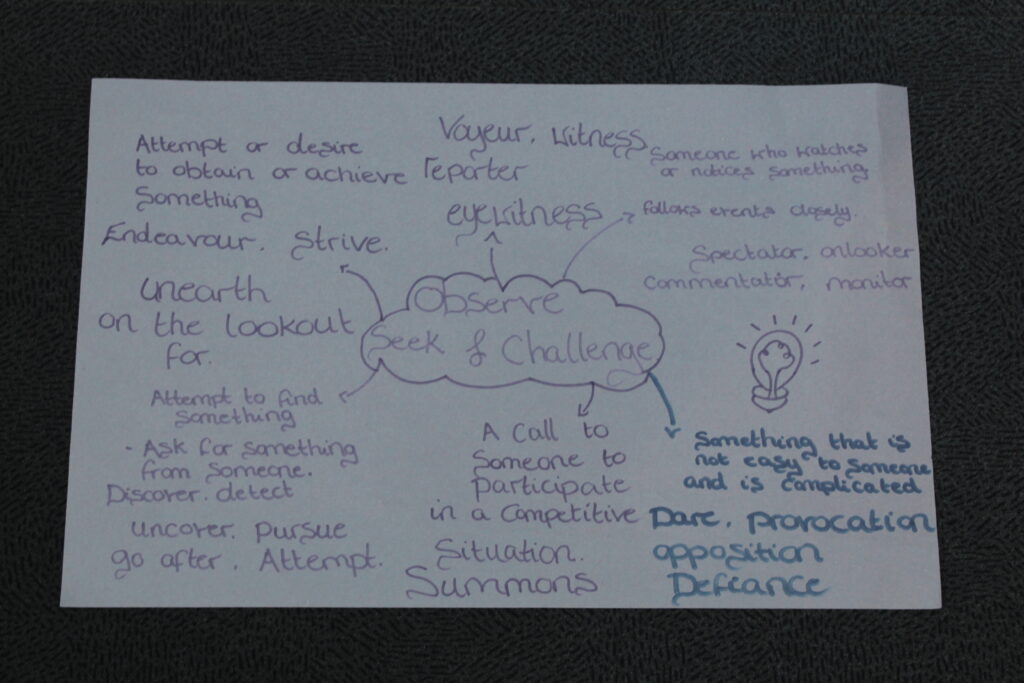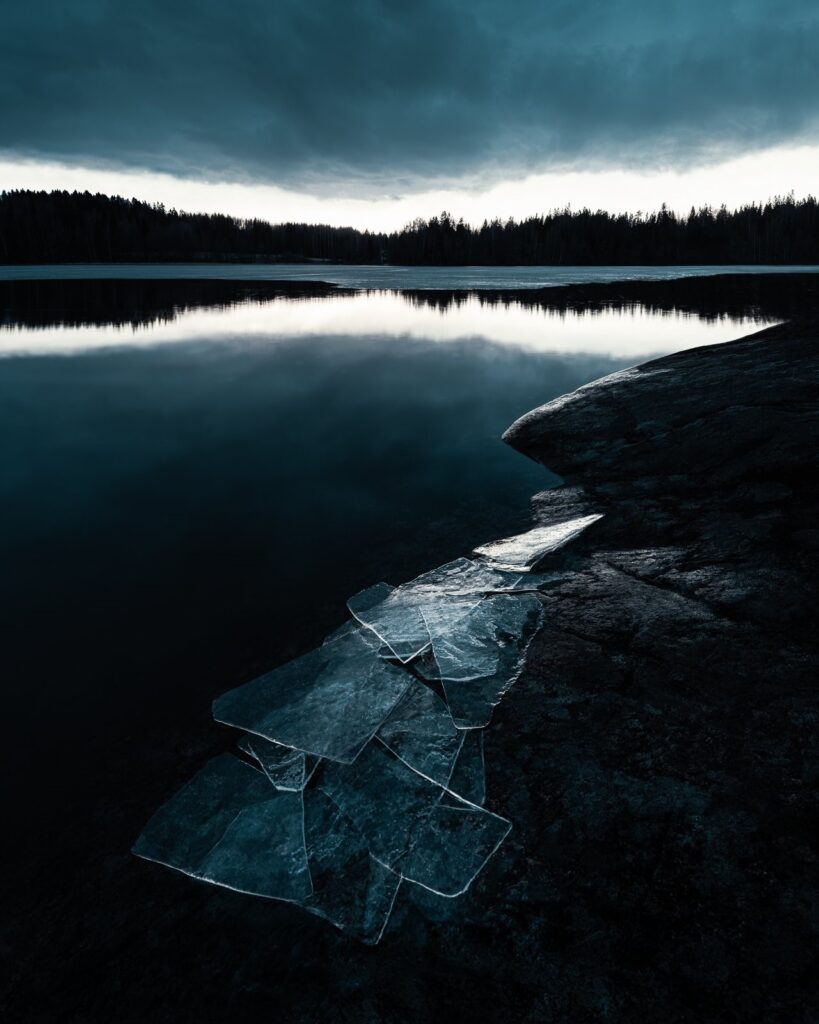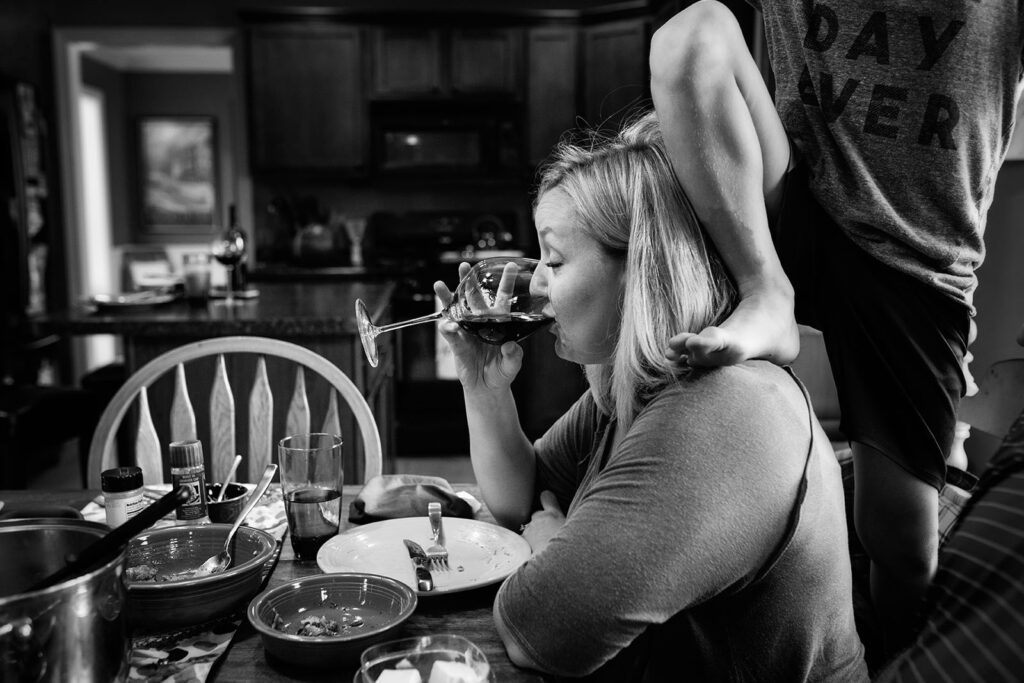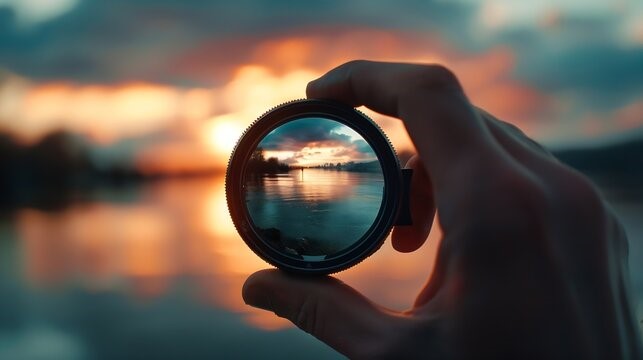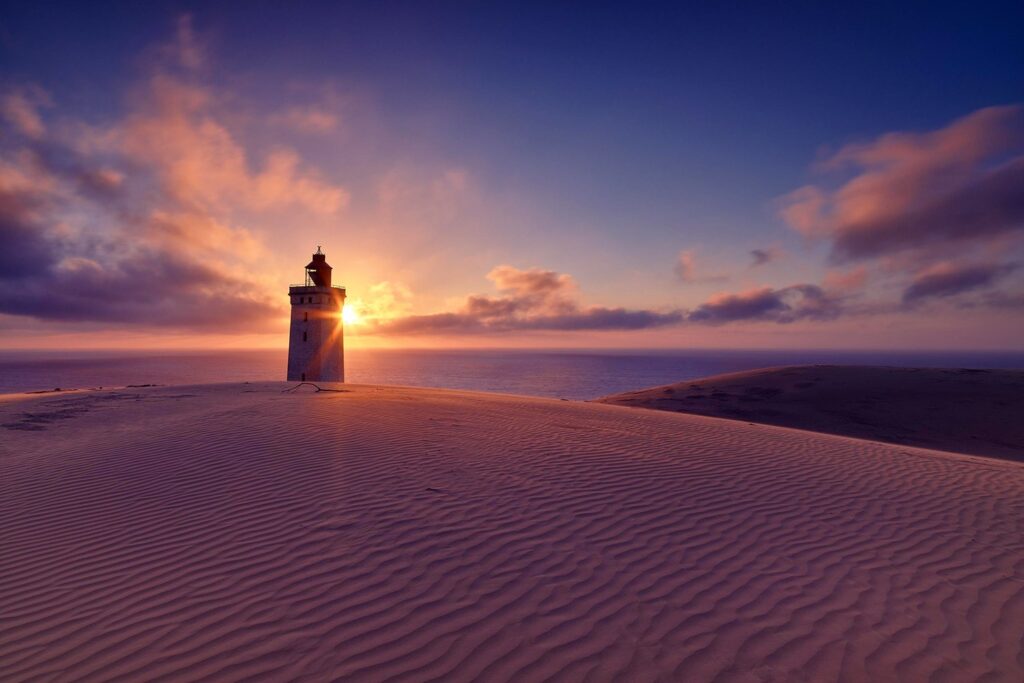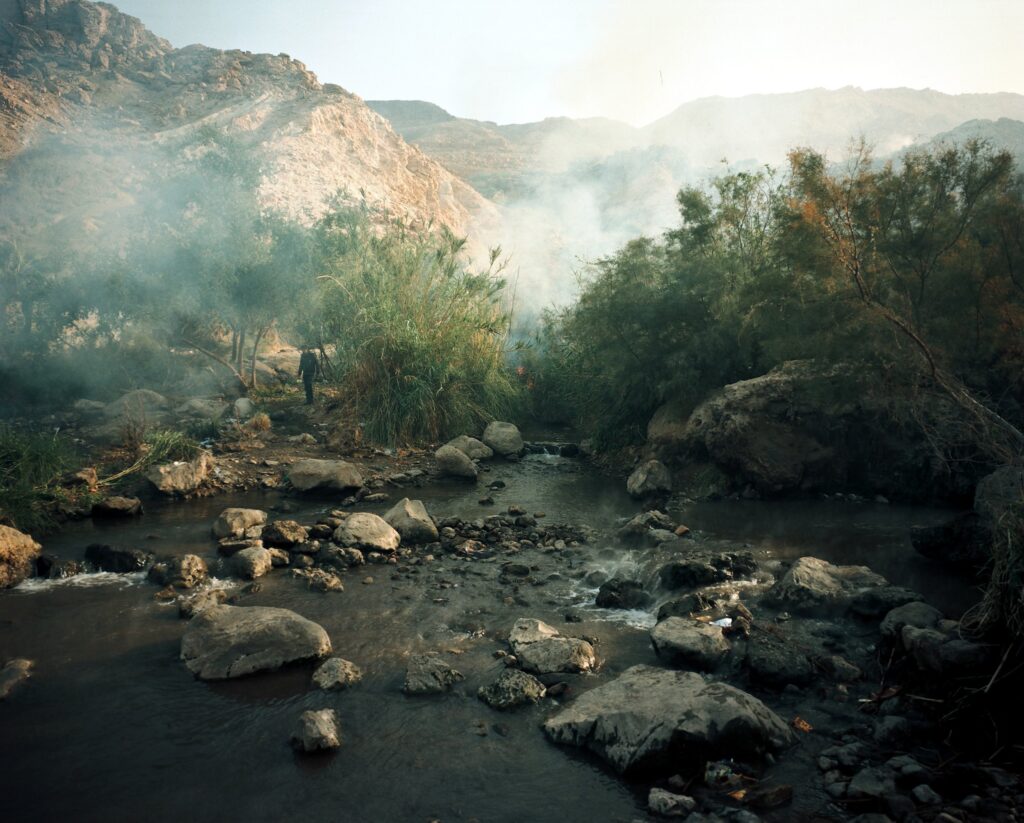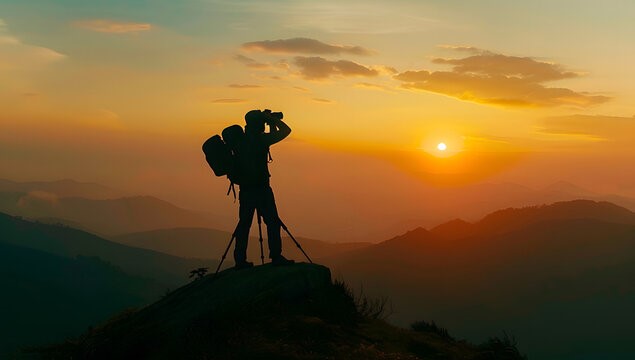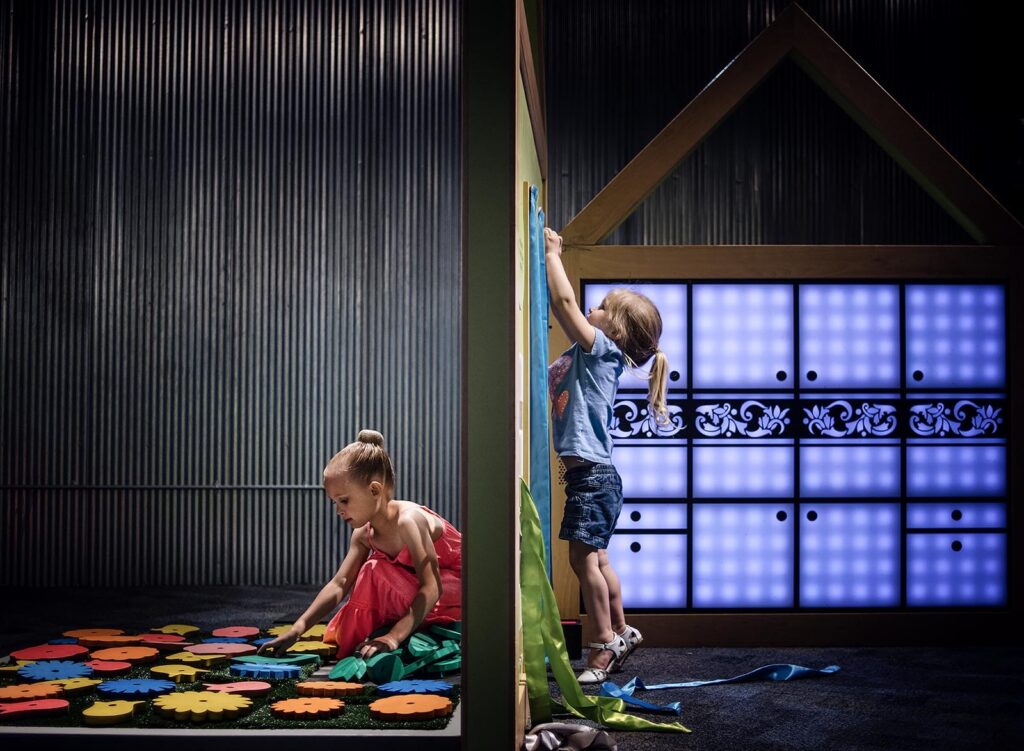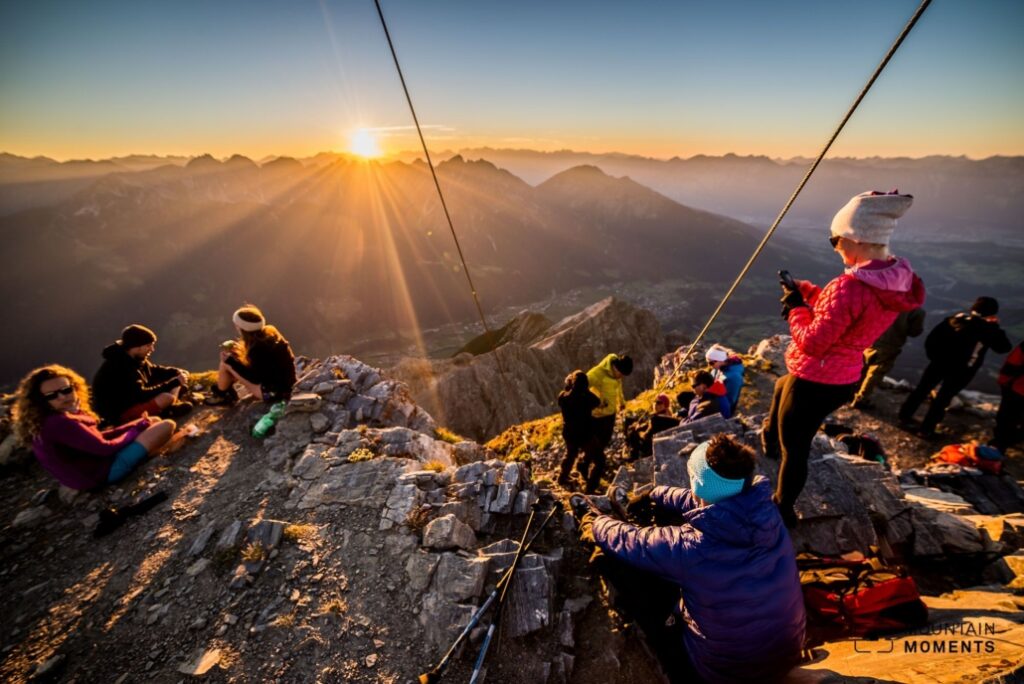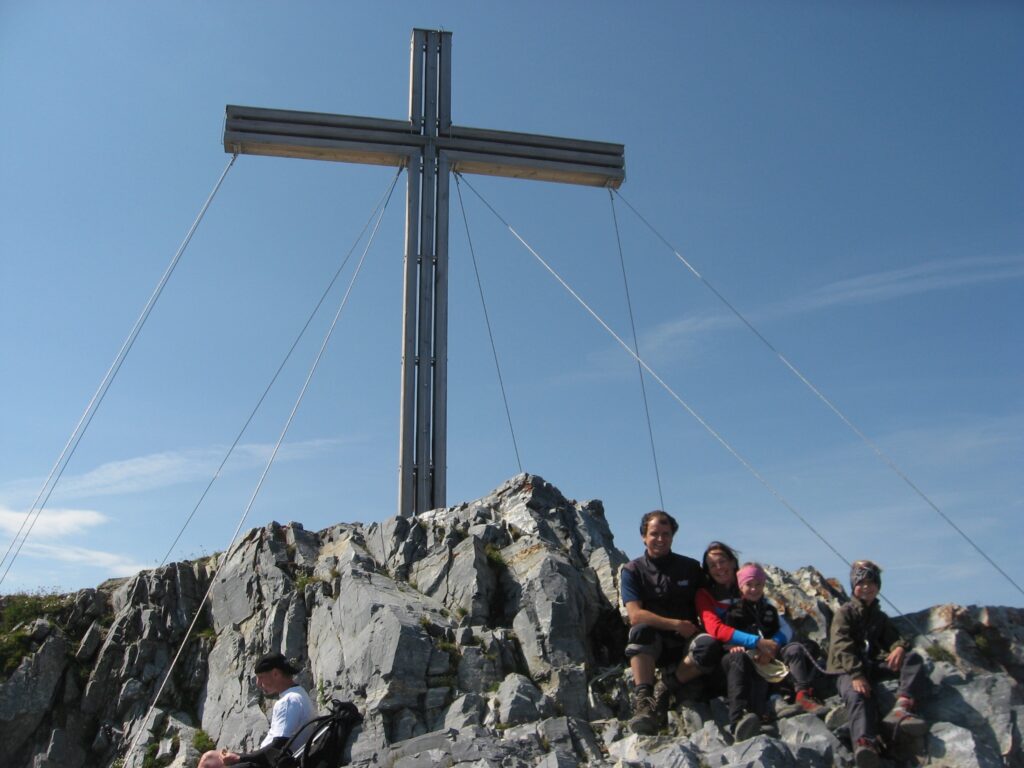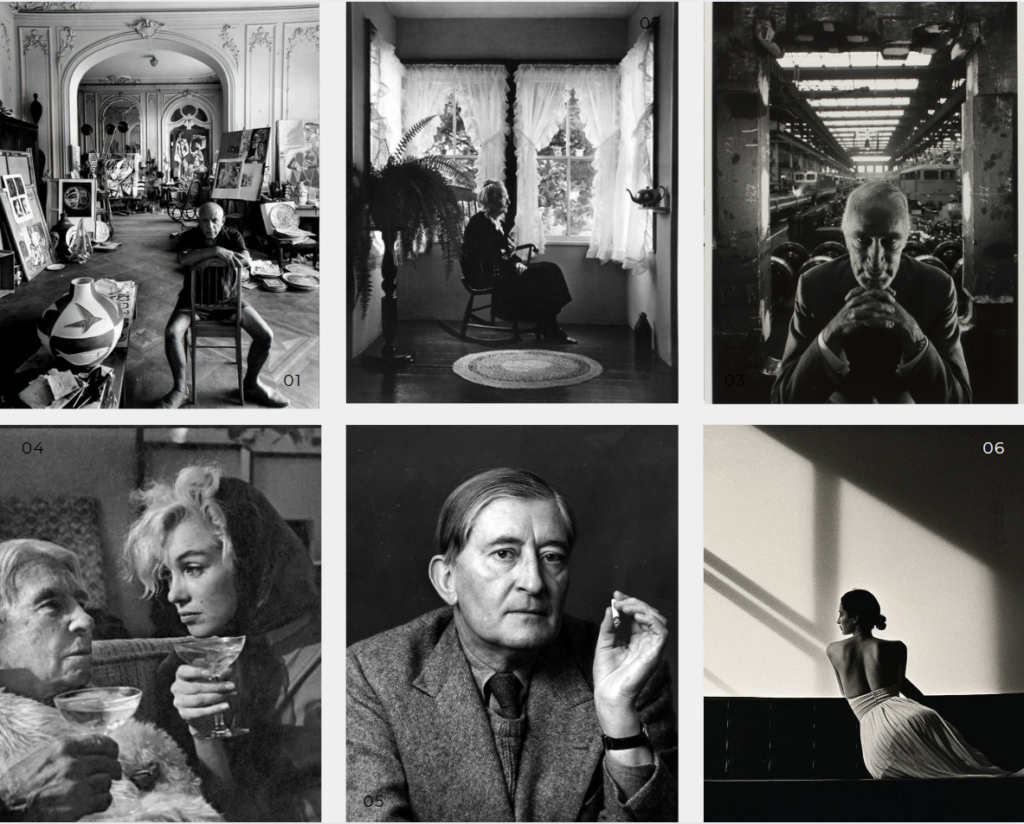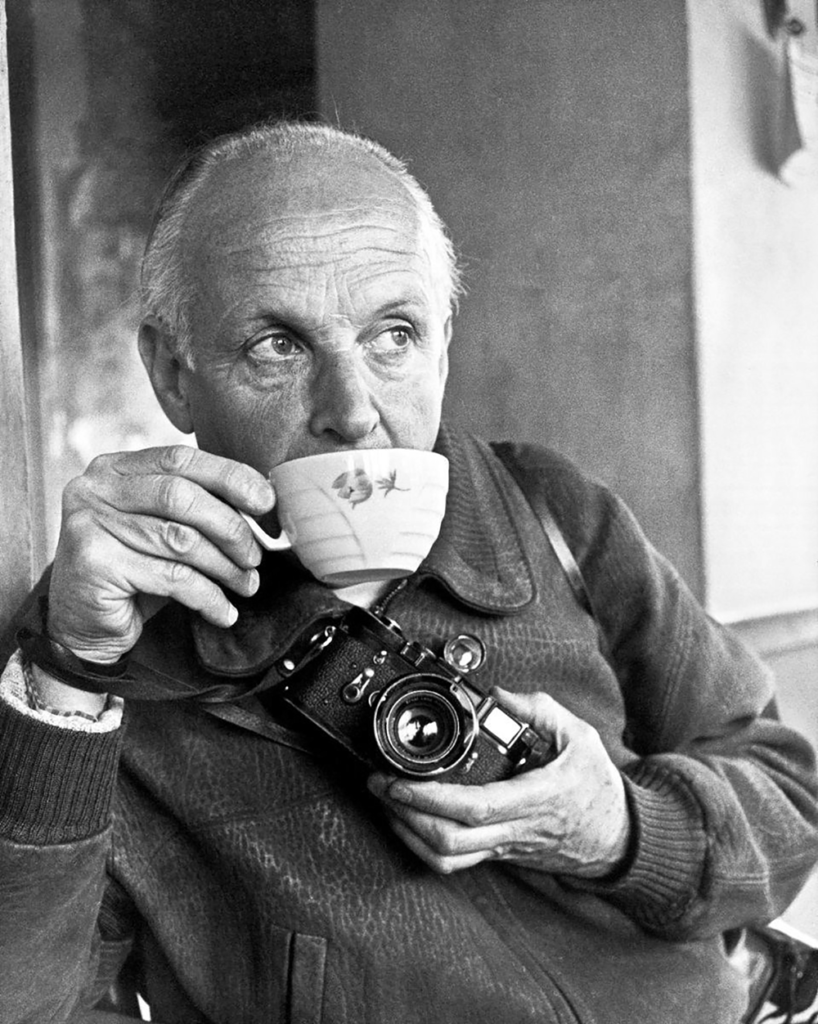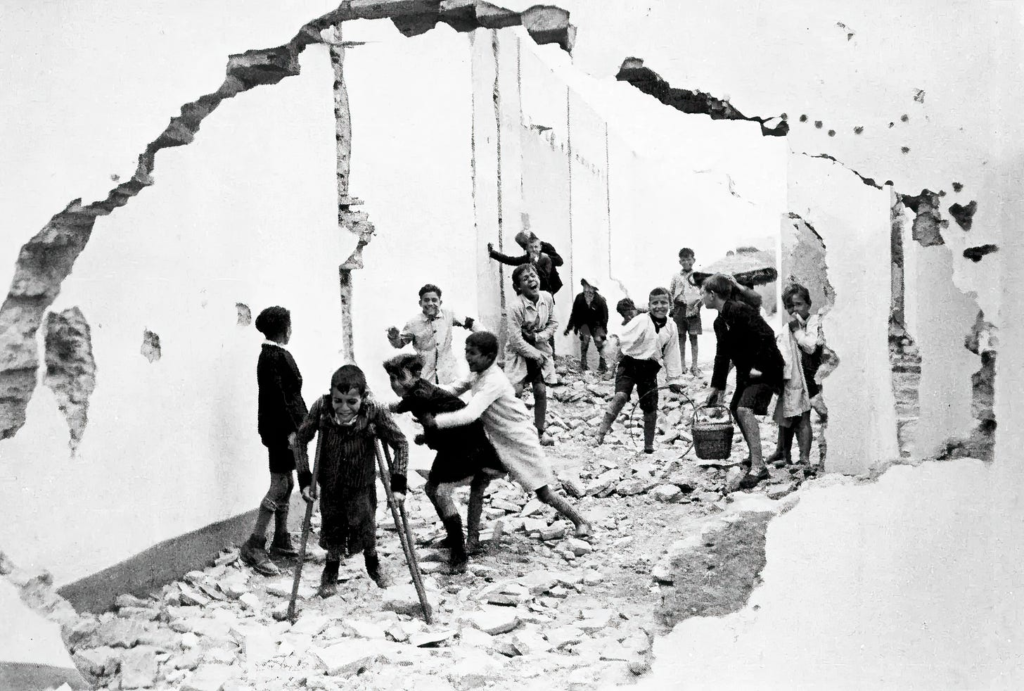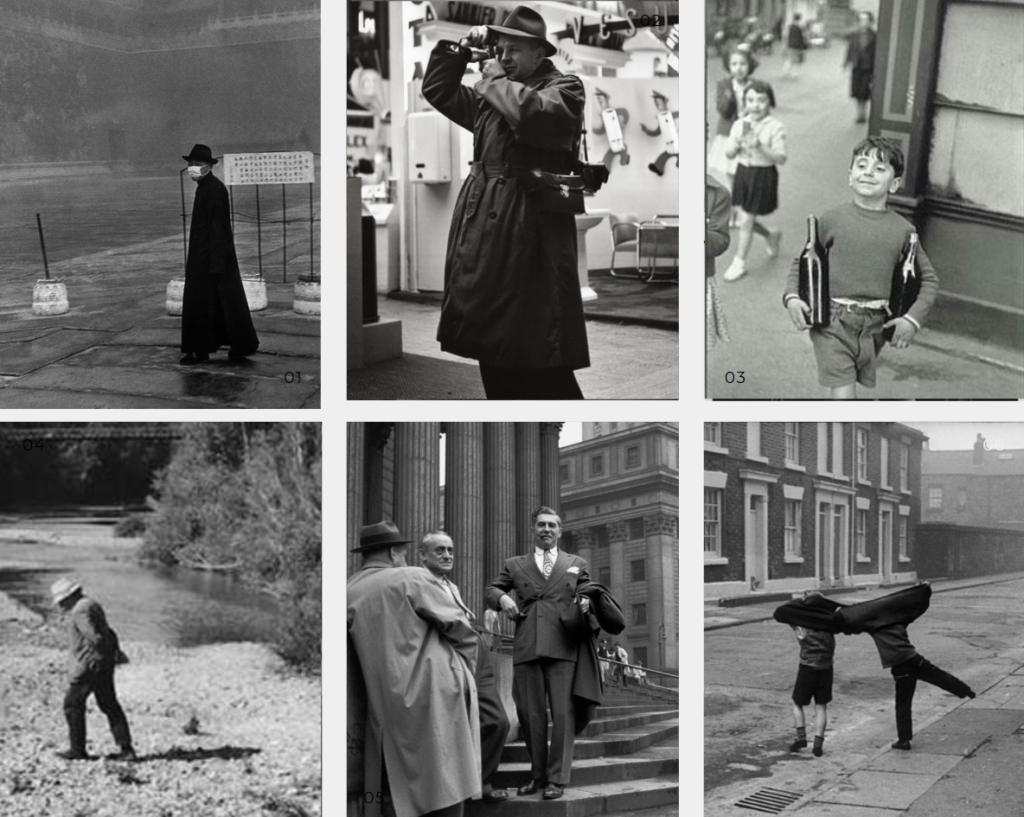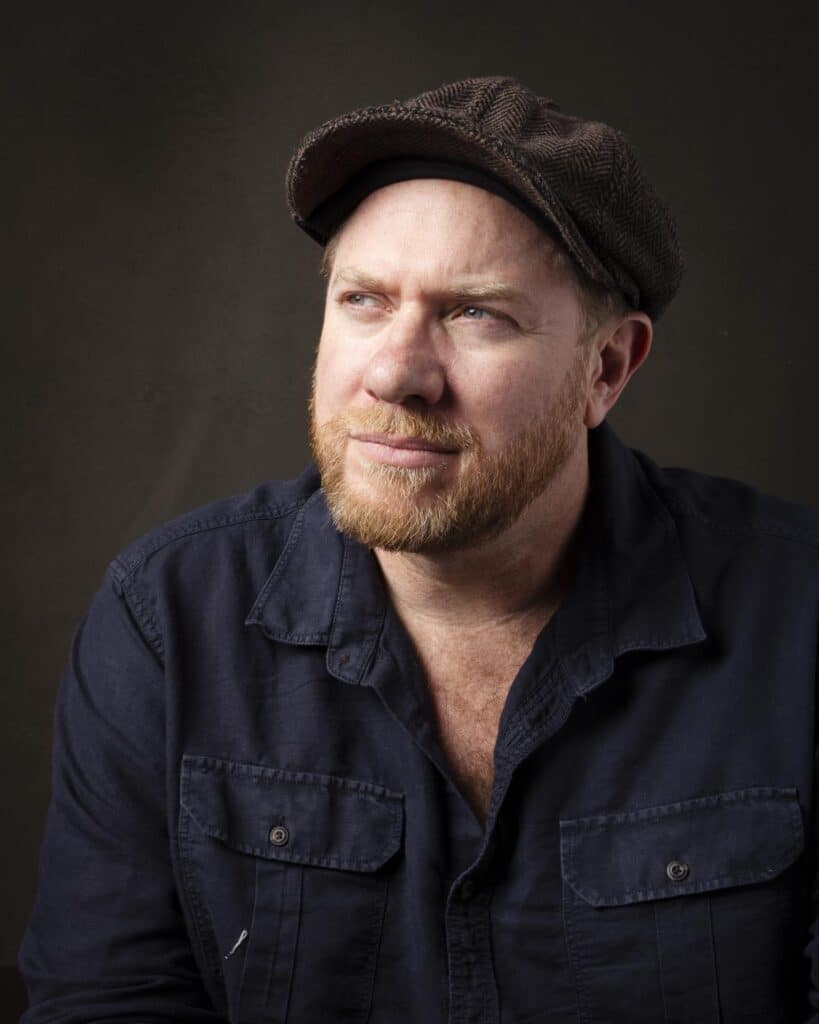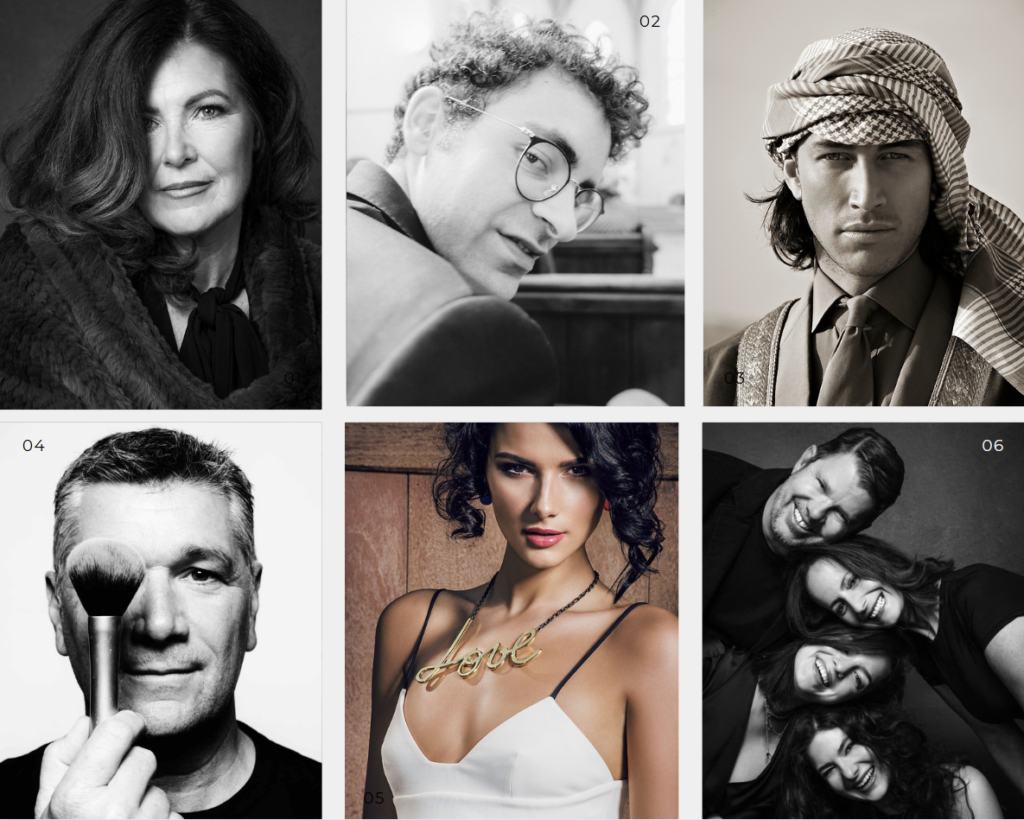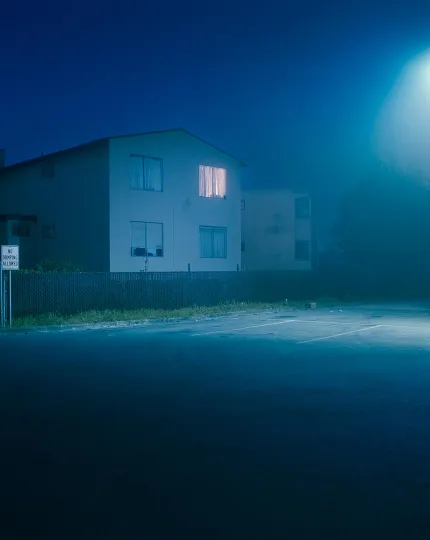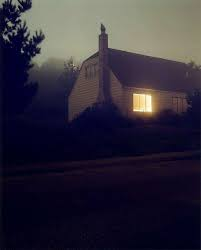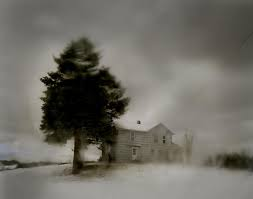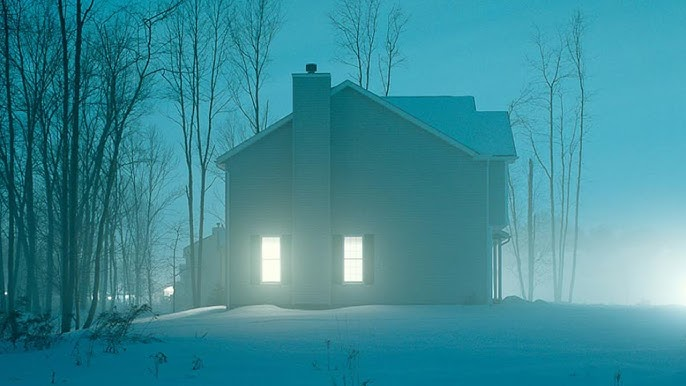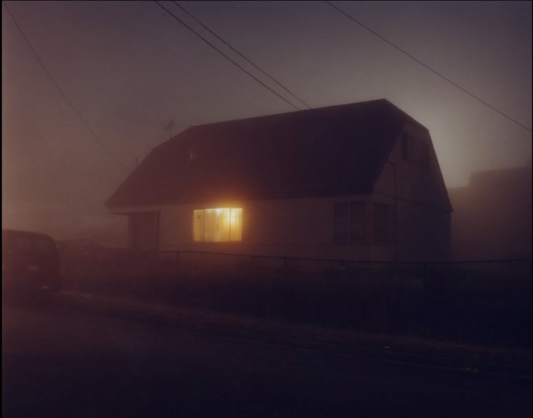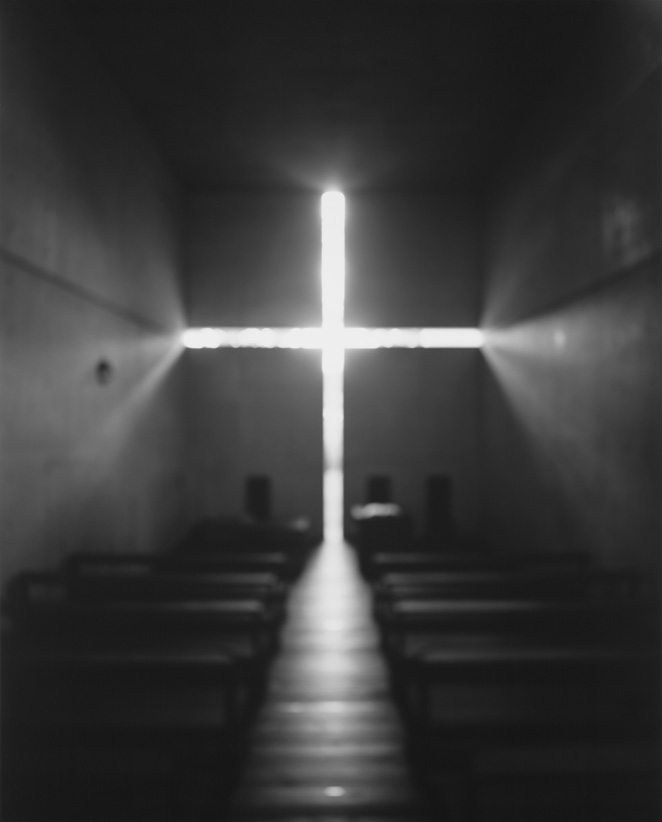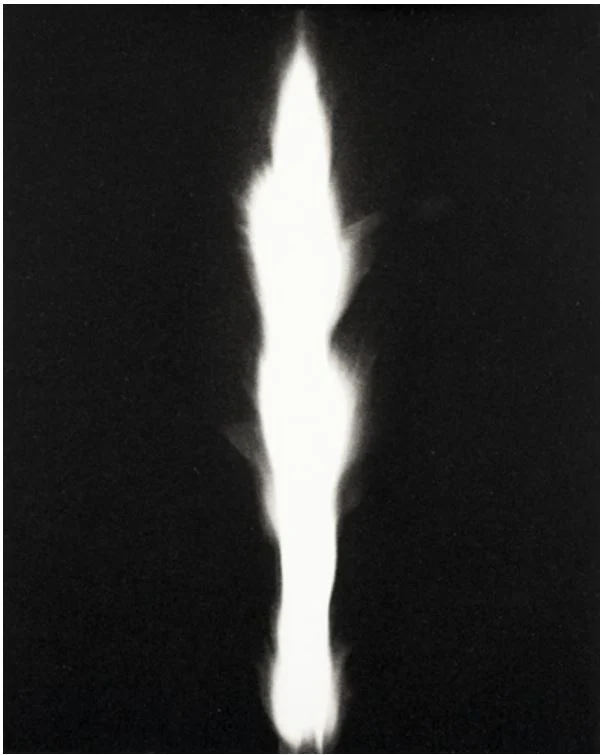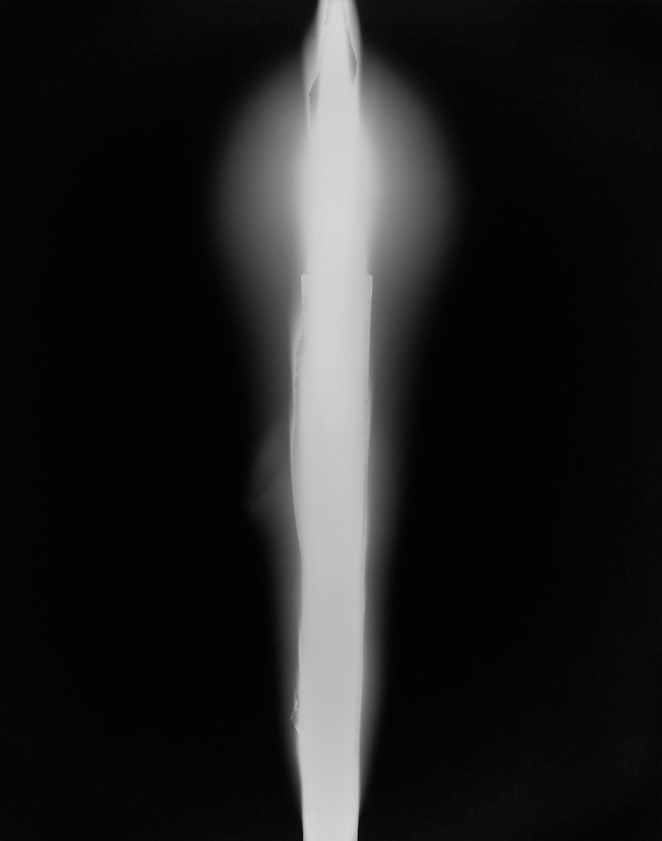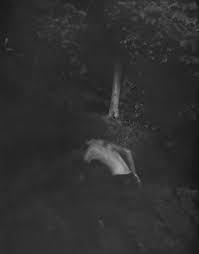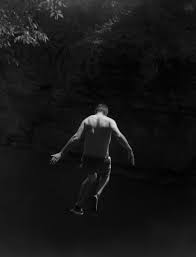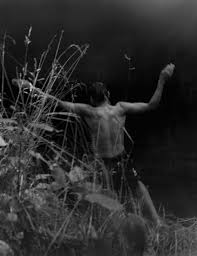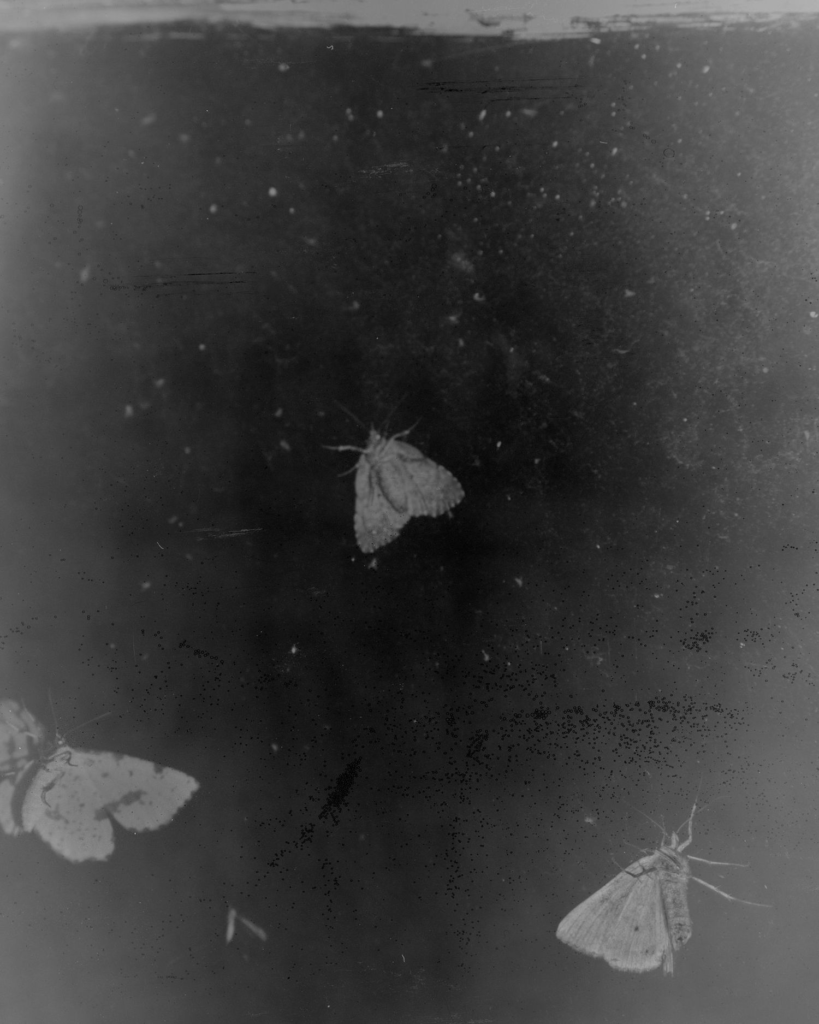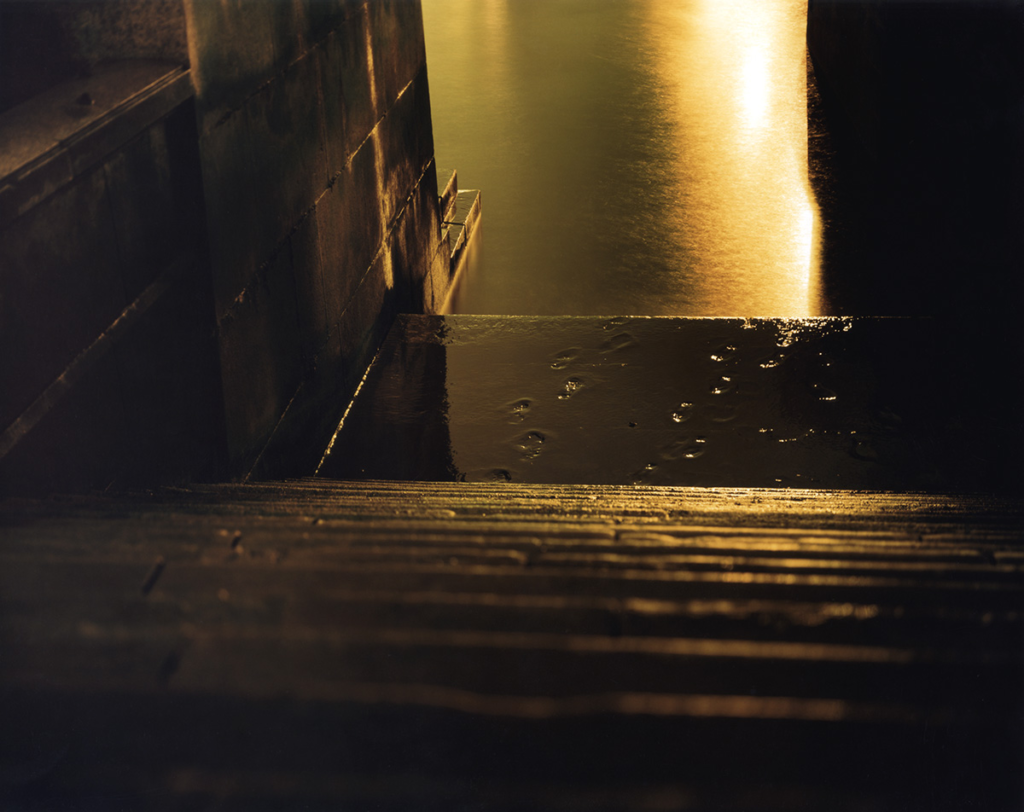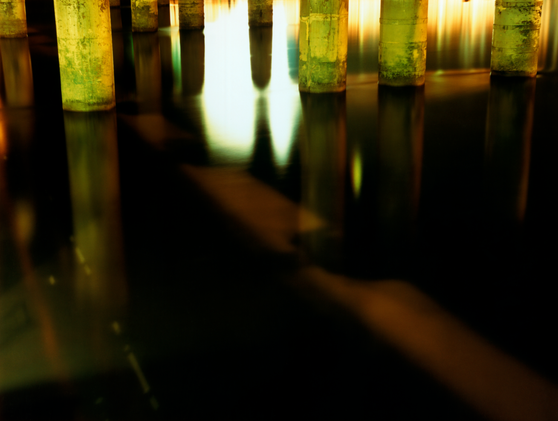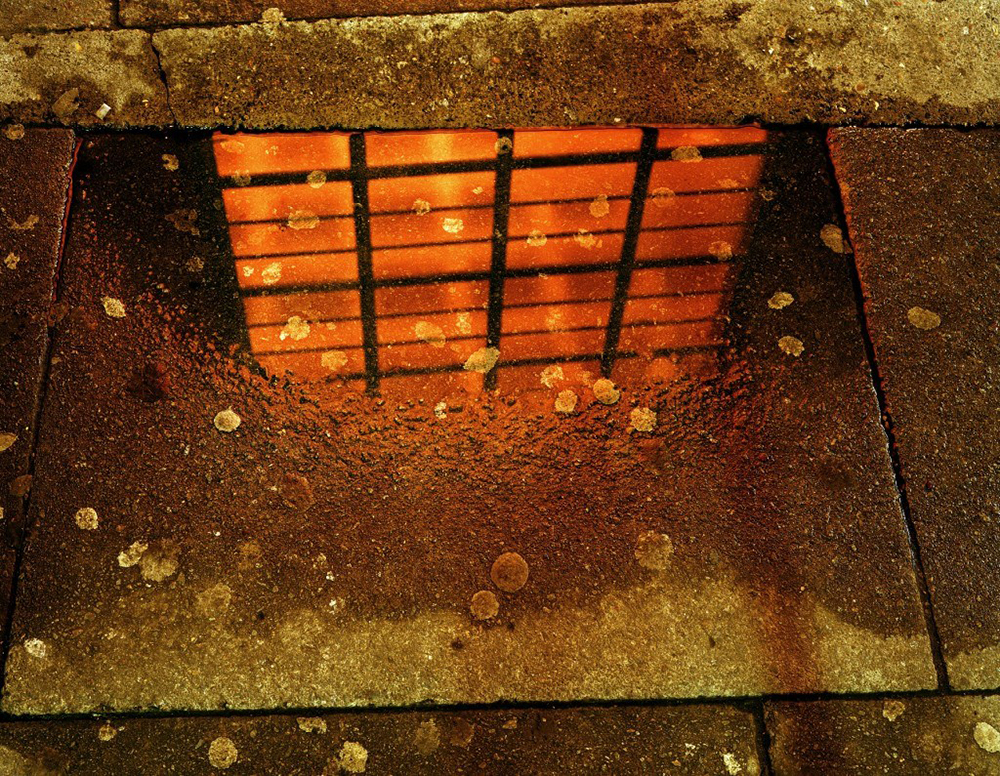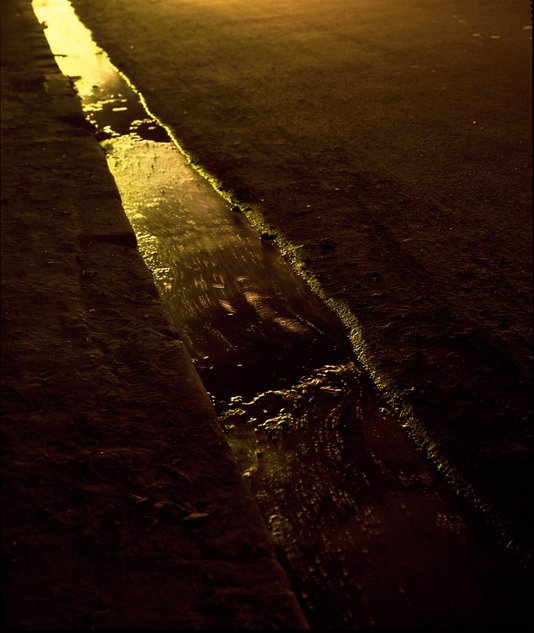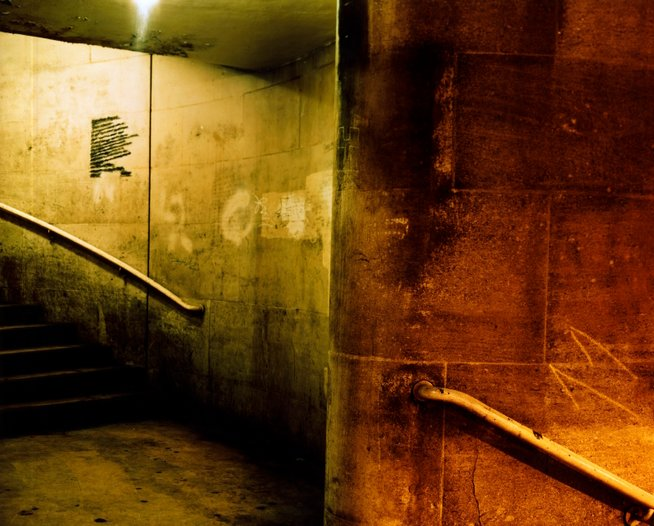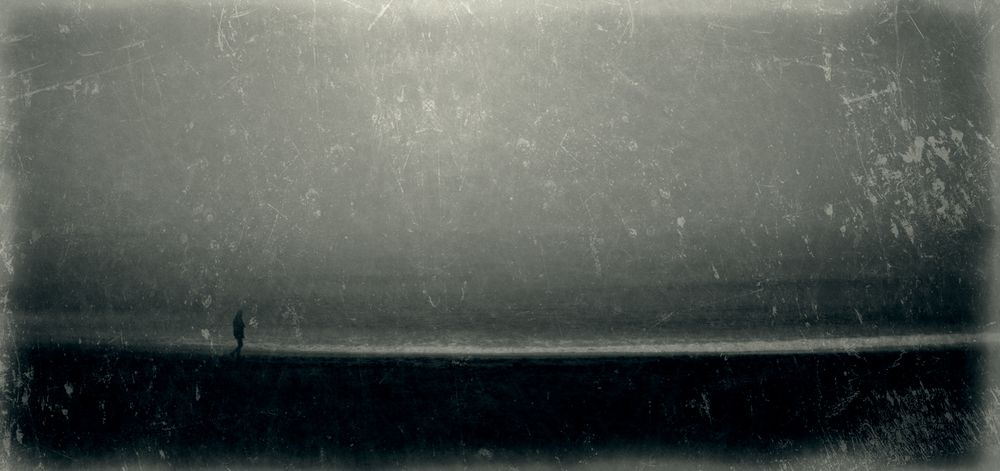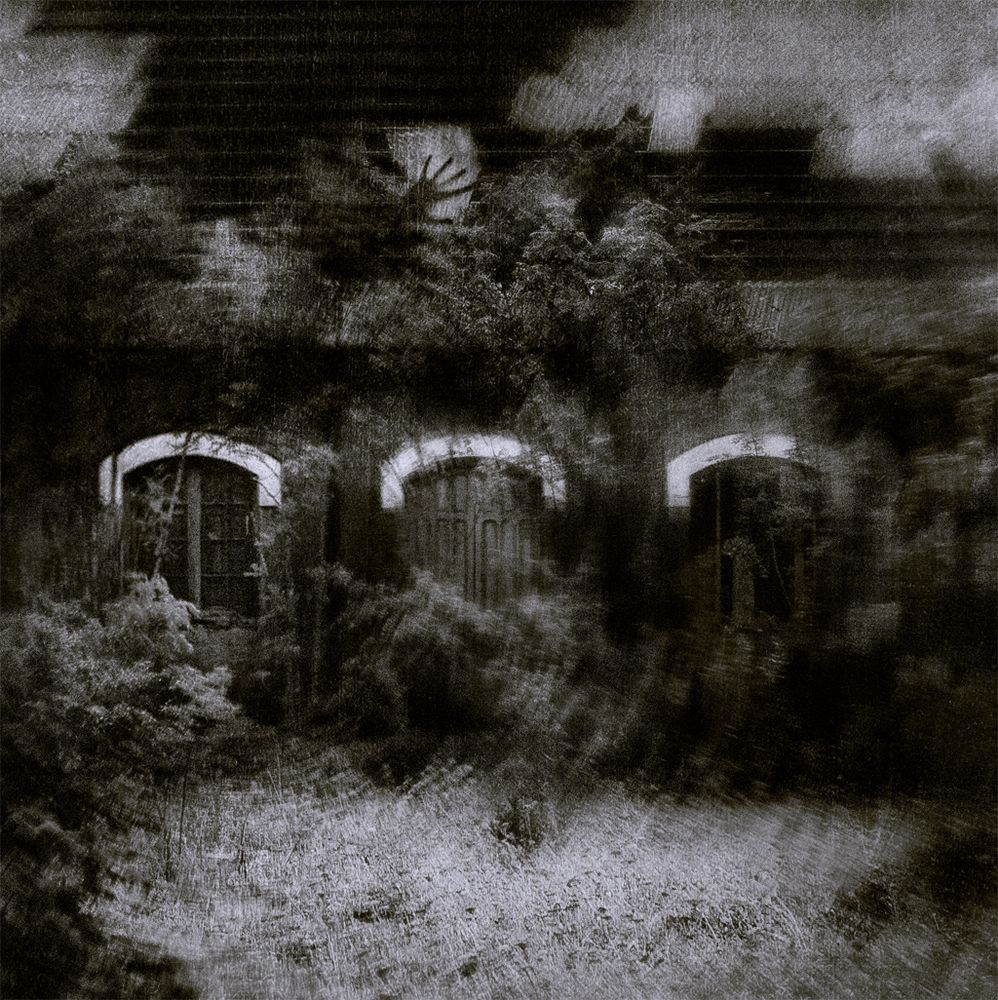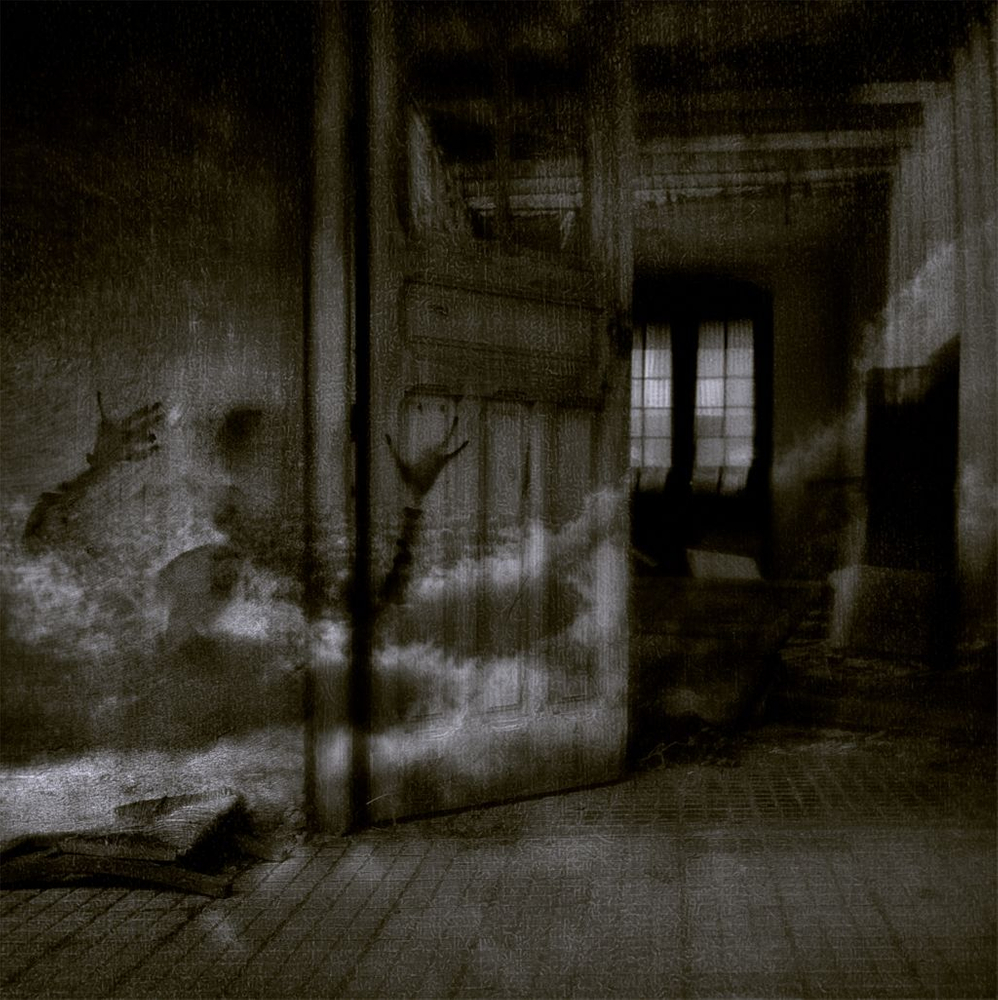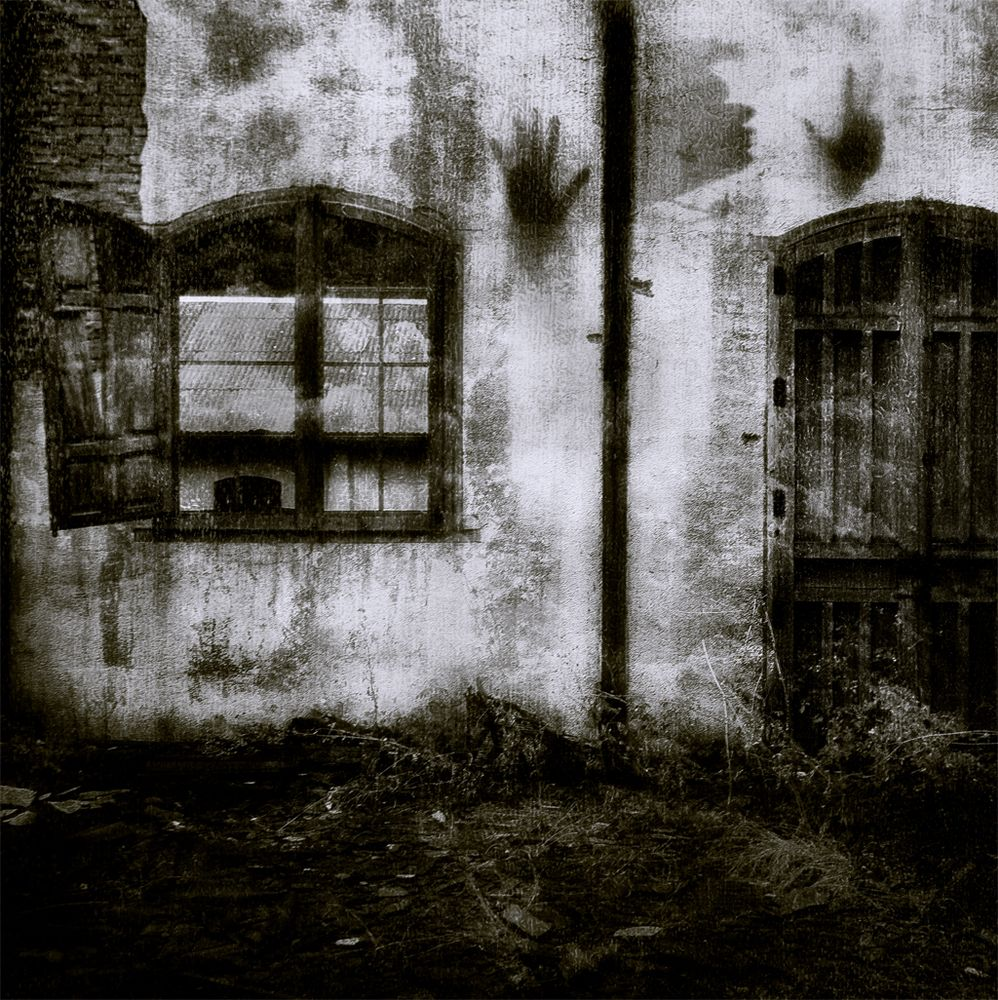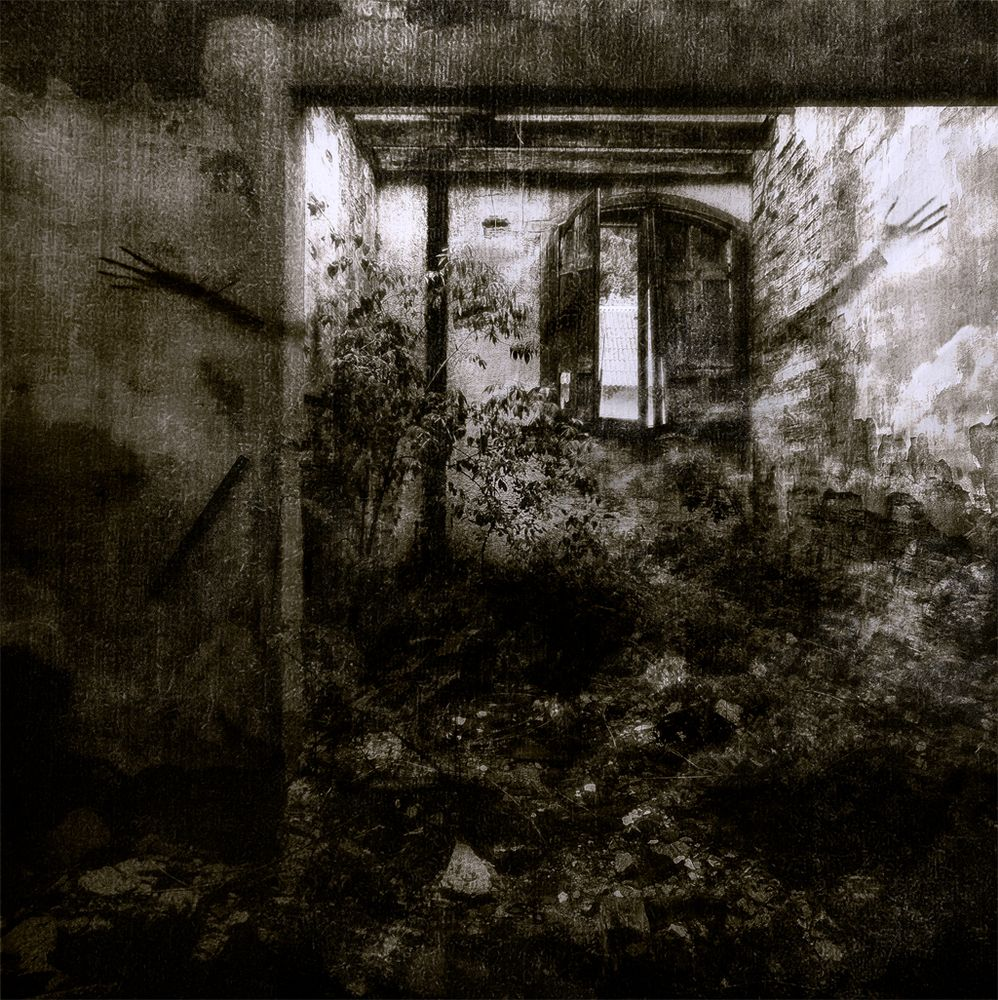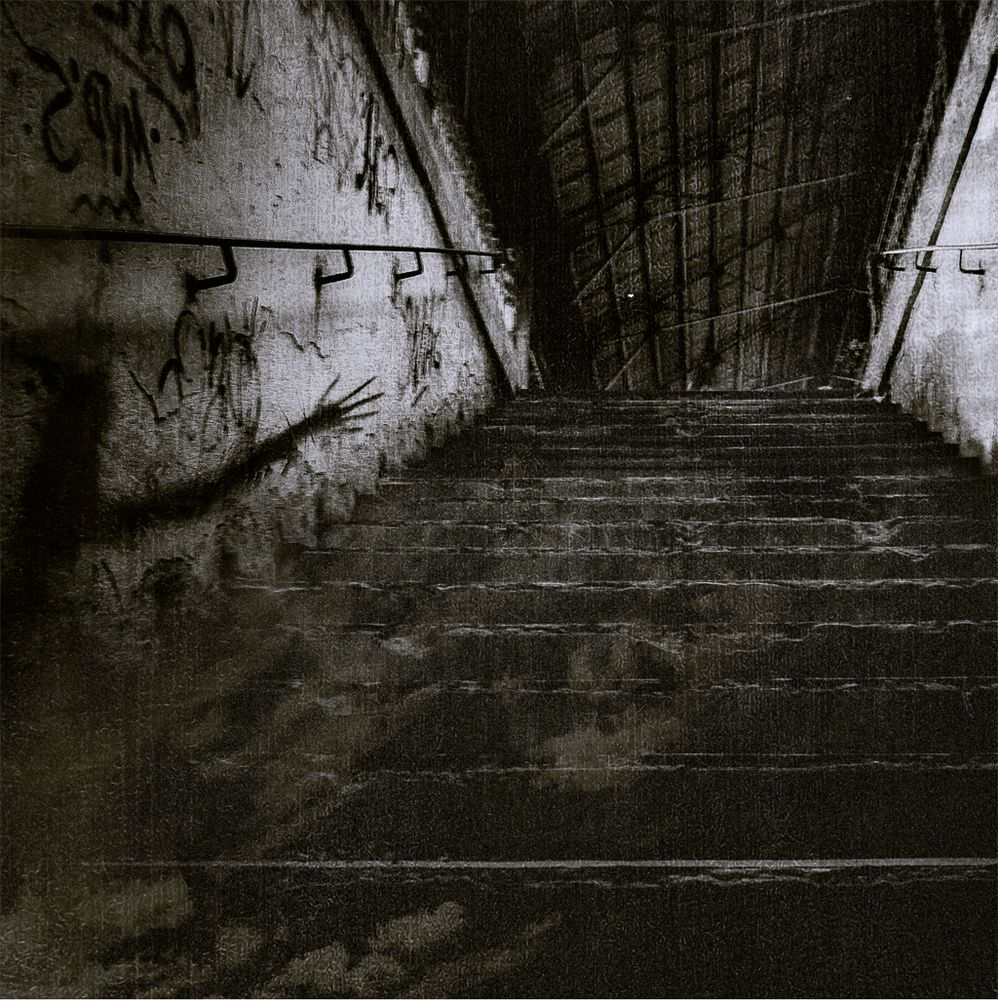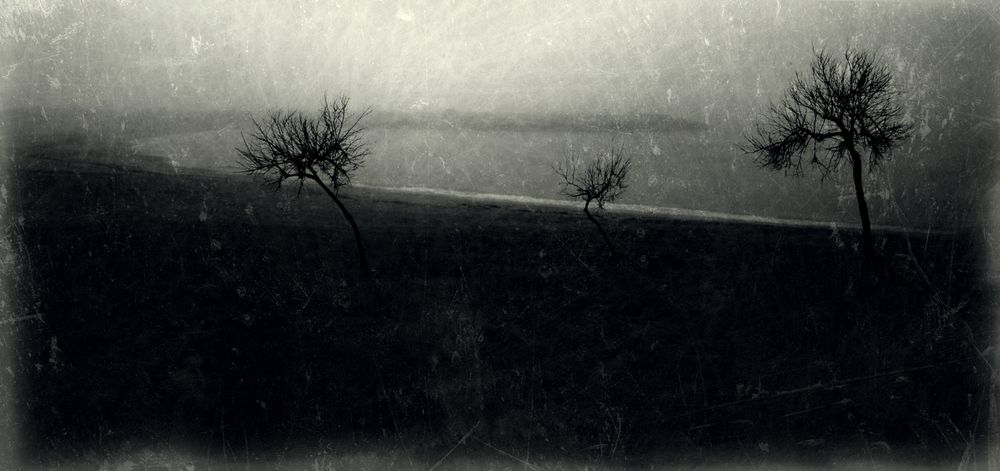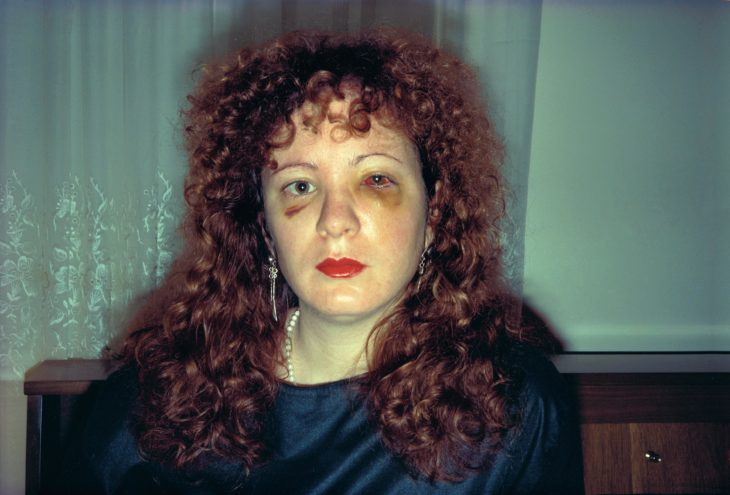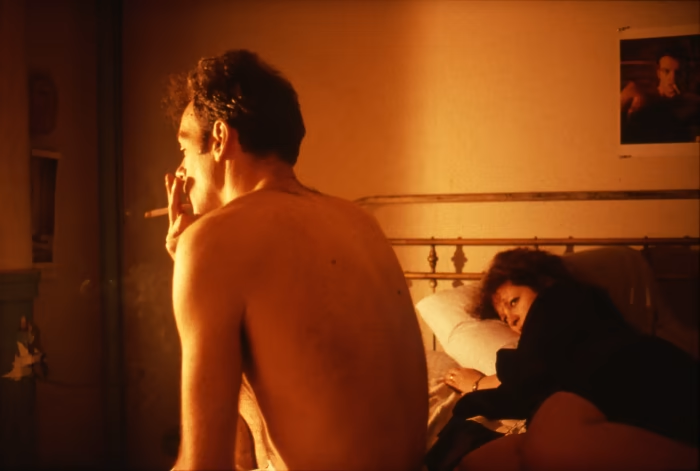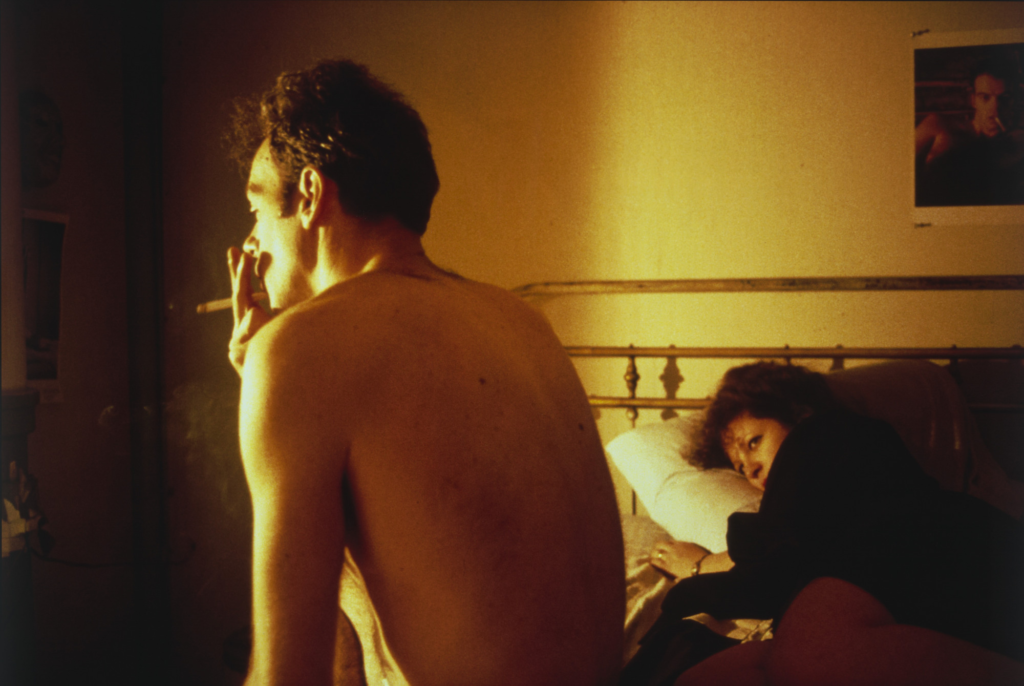Visiting Art centres around St Helier, we got a good insight into some artists and their creative pieces.
Jersey Arts Centre –
Marc Medland’s ‘10 projects’ exhibition:
- Leonard and Doreen’s Trip into Trouble
- The Good Neighbour Plan
- No More Gas
- K.O.T
- Super Birds
- Seven Deadly Sins
- Baptistery/Launderette
- Bringing the Outside In
- Pop Ups
- Rooftop Crawlers
‘The invented parallel worlds are set in extreme situations and are represented using short film, animation, collage, architectural drawing and physical models.’ – Jersey Arts. Visiting this exhibition, the work on display was creatively eccentric in its appearance, with a retro yet modern aesthetic, the use of graphic design, story telling through ai generated imagery and unique individual production in all the projects, I Enjoyed his work and found it quite impressive.
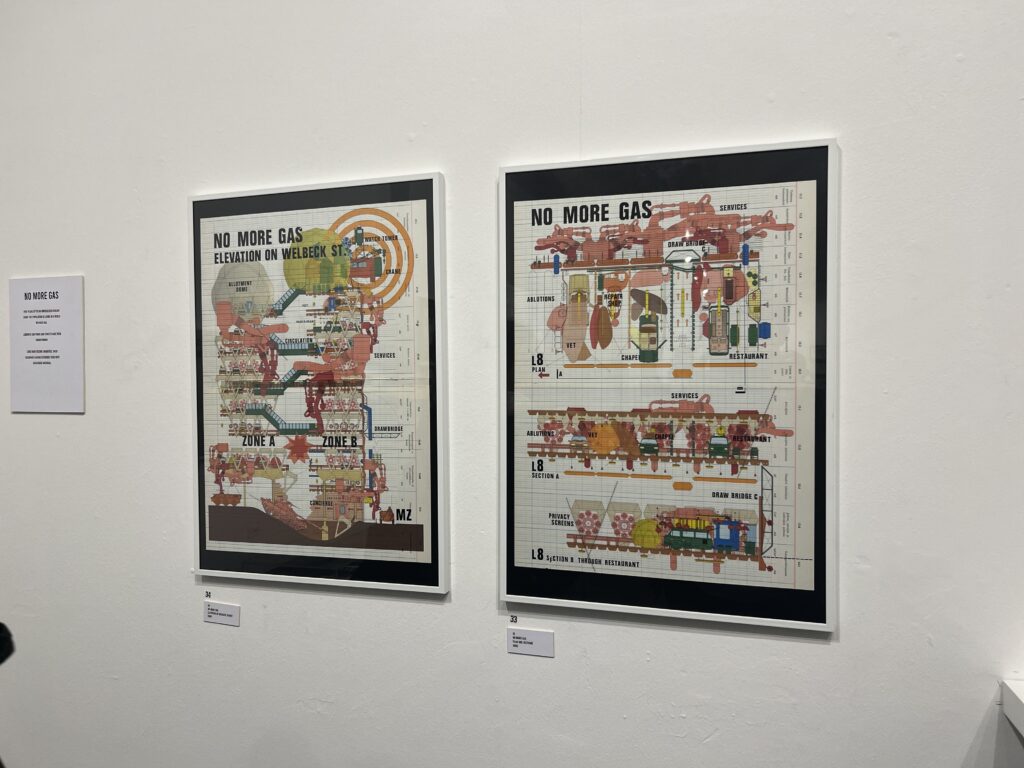
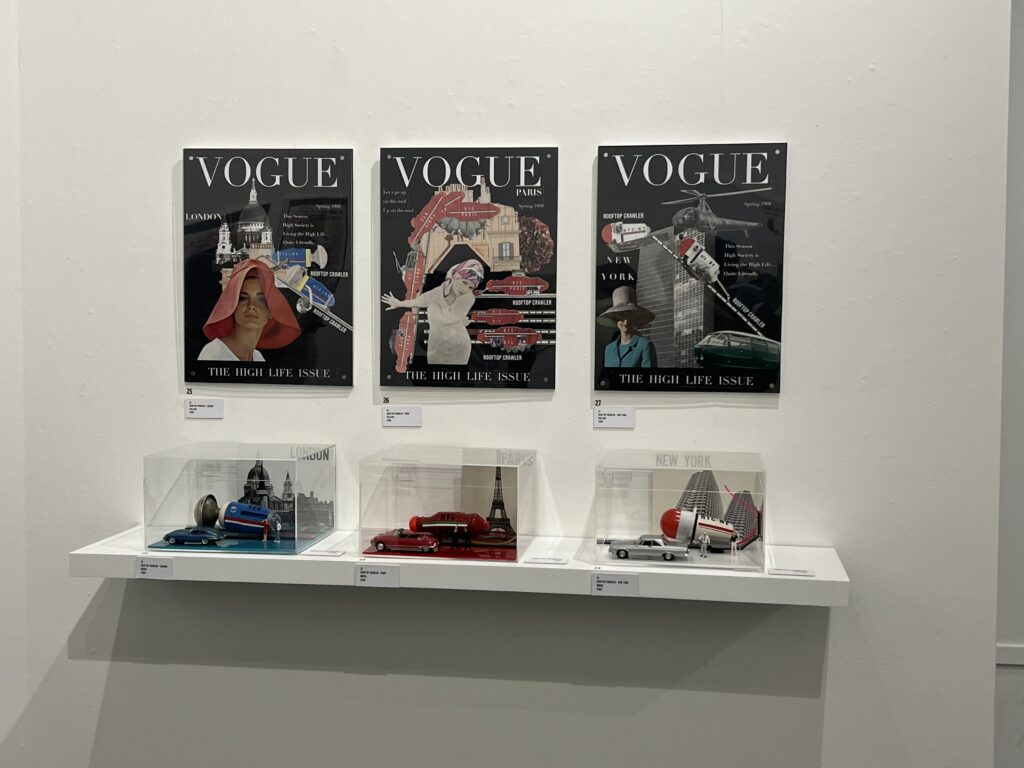
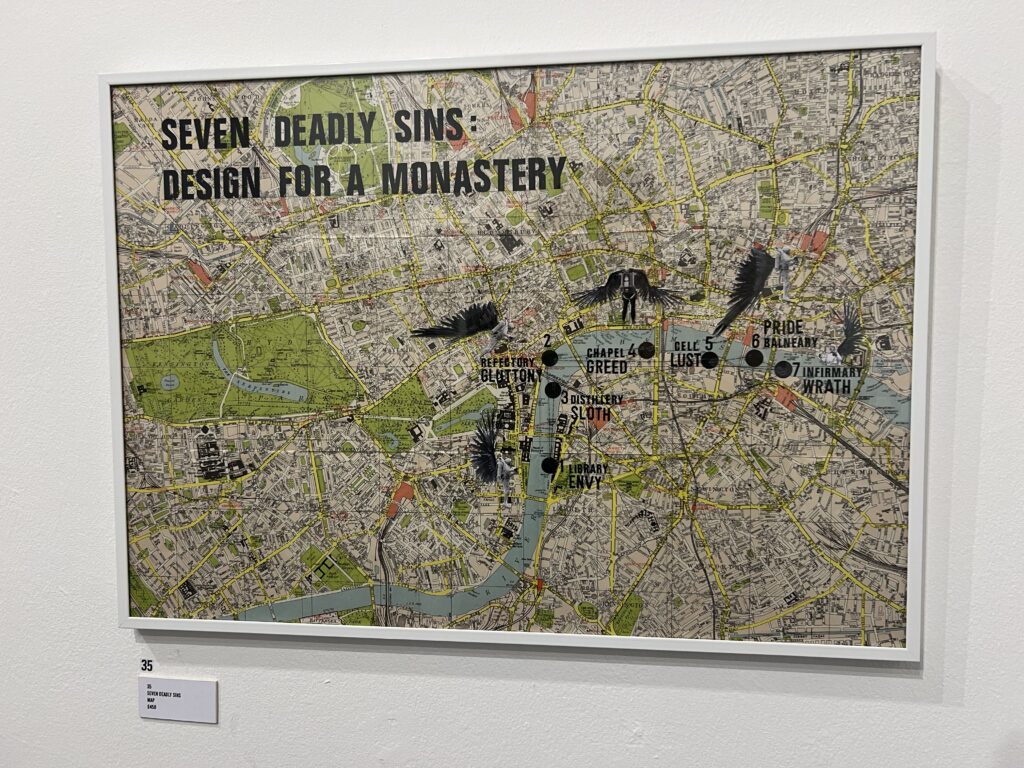
CCA Galleries –


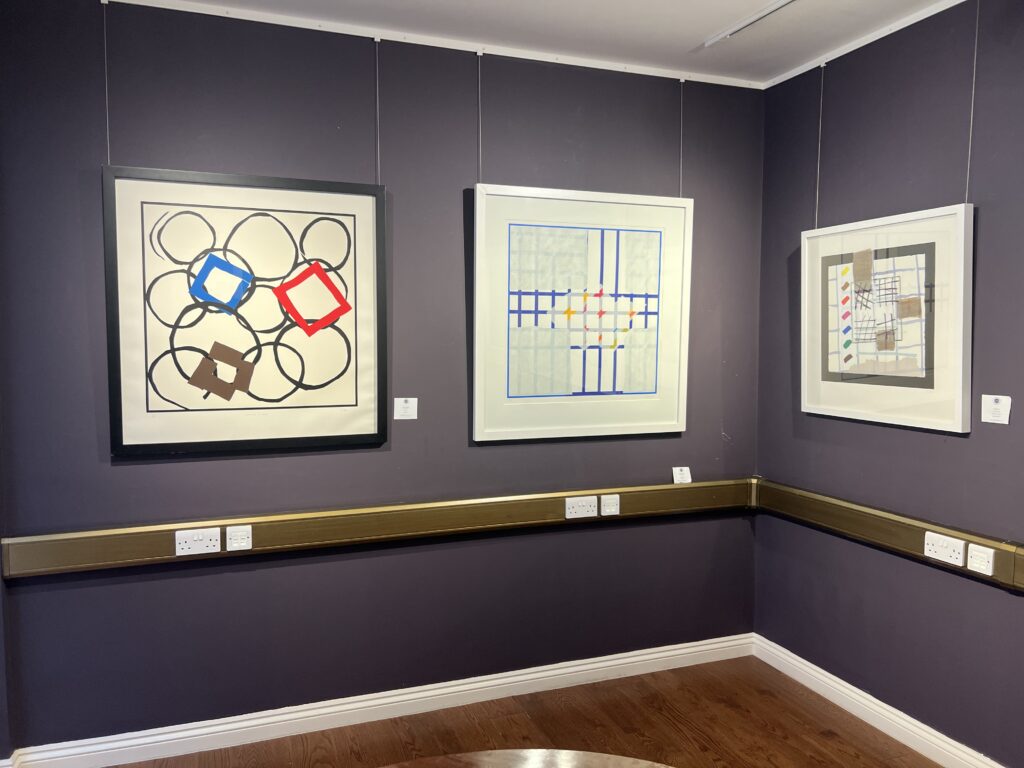
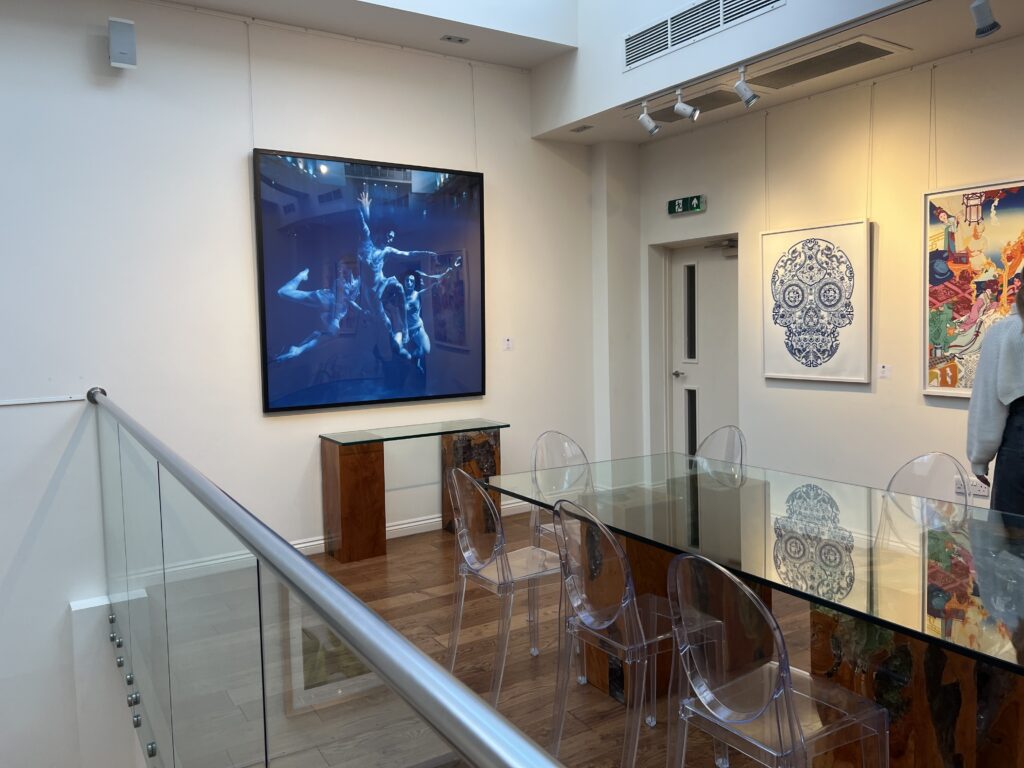

Visiting the CCA Galleries next, we looked around the current exhibition created by photographer, Glen Perotte, who captured his 15 day summit up mount Kenya’s botanical beauty. As the Gallery states “this new series of photographs Perotte explores the flora of Mount Kenya, Africa’s second highest mountain after Kilimanjaro and a uniquely special place. Mount Kenya is god’s mountain, a locus for the spiritual life of many of the ethnic tribes in the area who believe god came down from the sky to live on its peak amongst the clouds. The focus for Perotte is the astonishing plant life that manages to take root in this volcanic and harsh landscape of thin air and rocky terrain, sometimes by banding together and at other times finding a small niche to settle in alone. Strange, yet wonderfully captivating, these botanical wonders exhibit adaptations honed over millennia to survive the harsh mountain environment.
Glen Perotte is an international photographer who has worked in New York, London and is now based in Jersey. Perotte has shown at the Barbican London, The Association of Photographers Gallery and the Royal Photographic Society, Bristol. Glen returns to CCA Galleries International for his third solo exhibition with an exciting body of new work.”
Amongst the other parts of the gallery, we looked at some international work from other featured artists on display.
ArtHouse Jersey at Court House –
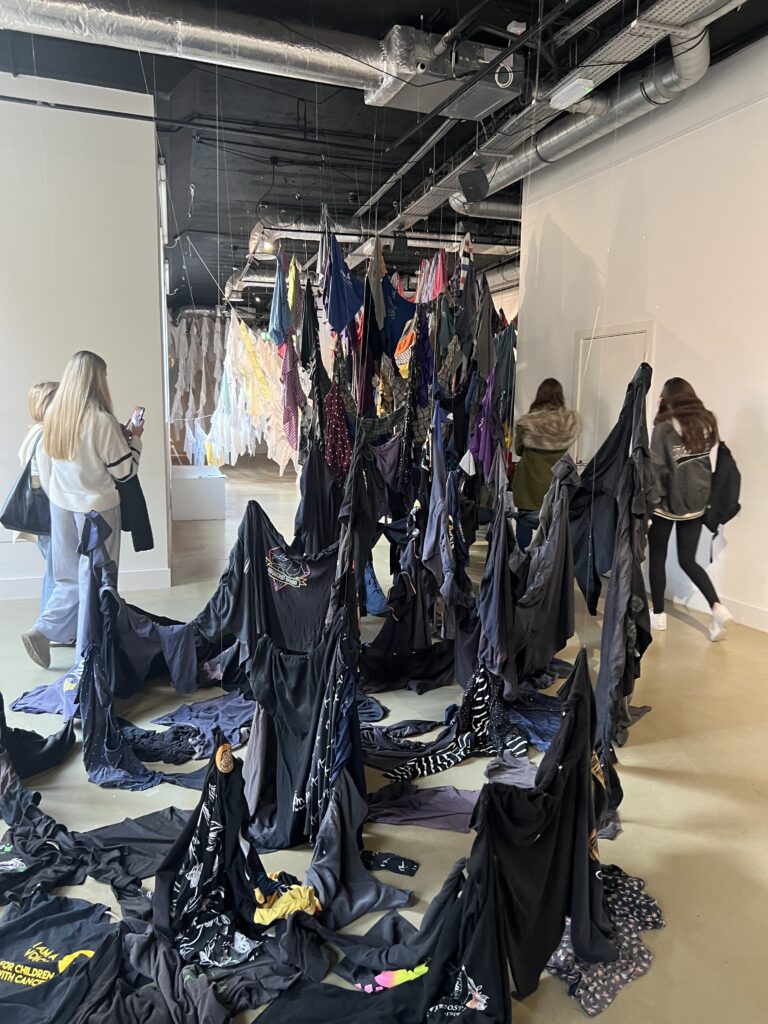
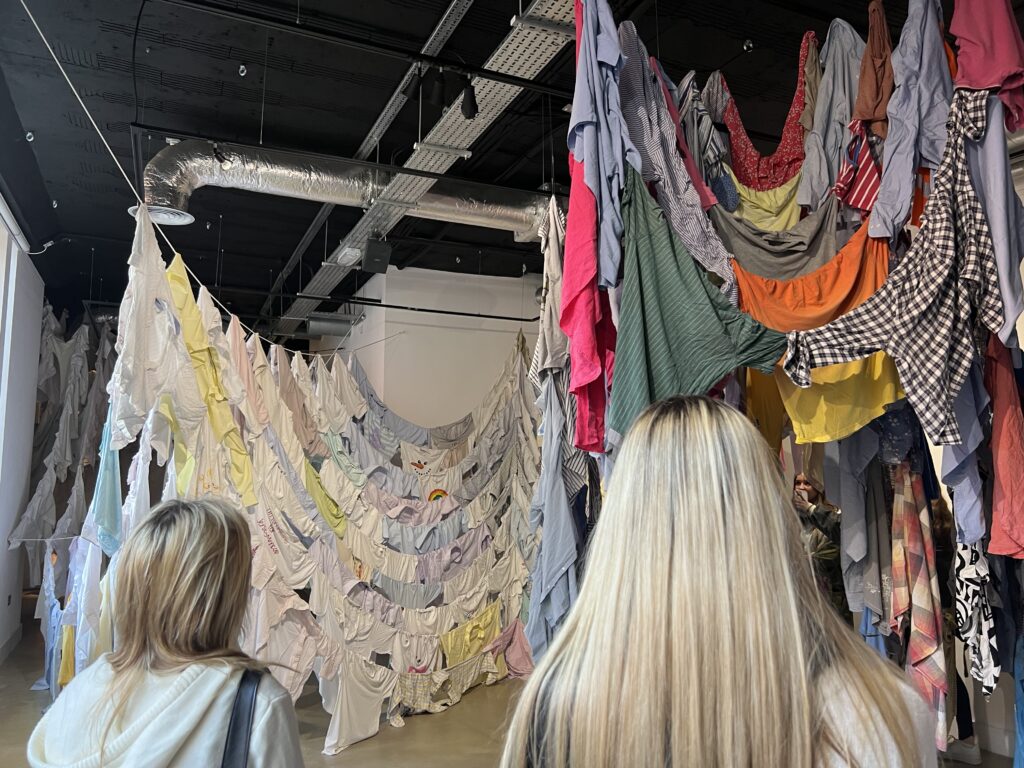

Dancing Together: A ballad – by Kaarina Kaikkonen is the current exhibition at court house. Featuring a vast collection of donated clothes, it tells a moving story of the story’s behind the pieces of clothing, donated by our islands local people.
As ArtHouse Jersey states:
”Dancing Together: A Ballad is an indoor reimagining of Kaarina Kaikkonen’s large-scale public sculpture, Dancing Together, which was created in the outside in the public realm in St Helier in the summer of 2024. It incorporated over 700 shirts donated by people in Jersey during the summer and many of those who donated a short also shared a meaningful memory or story connected to the shirt.
For this overall project Kaarina Kaikkonen has created two distinct works that bring together the different stories of people and their shirts – ordinary, sad, courageous, joyful, humorous – that reflect the people of Jersey. In the more intimate space of ArtHouse Jersey at Capital House, visitors are invited to get up close to these very personal sentiments, each garment holding a world of its own memory, offering Islanders the chance to truly connect with the many moving human stories that held the original Charing Cross public artwork together. Dancing Together and Dancing Together: A Ballad, both created especially for Jersey, are the latest works in a series of shirt installations that Kaarina Kaikkonen has created inside galleries, museums and outdoor settings across the world over the past thirty years, from Shanghai to Madrid, Santiago, Chile to Rome and across Finland and Scandinavia. Each work responds to the particular architectures, histories and natural elements of its location, recycling materials to create an artwork that speaks to a sense of a collective ‘body’, of time suspended and a poetic reflection of memory, loss and our shared experience as humans and the different environments in which we live. Discussing her work, artist Kaarina Kaikkonen has said, ‘I want to use materials that have had a previous life. Then I change it and give it a new life, a new form of art. To make beauty from the ordinary.’ This reinvention of Dancing Together into a new life, also featuring a specially created score by acclaimed Finnish composer Päivi Takala, opens the question of what is possible through reimagining, reusing – and how from otherwise forgotten or discarded materials, can come an extraordinary, moving, gallery experience.”
“The sound of Colour” Town church –
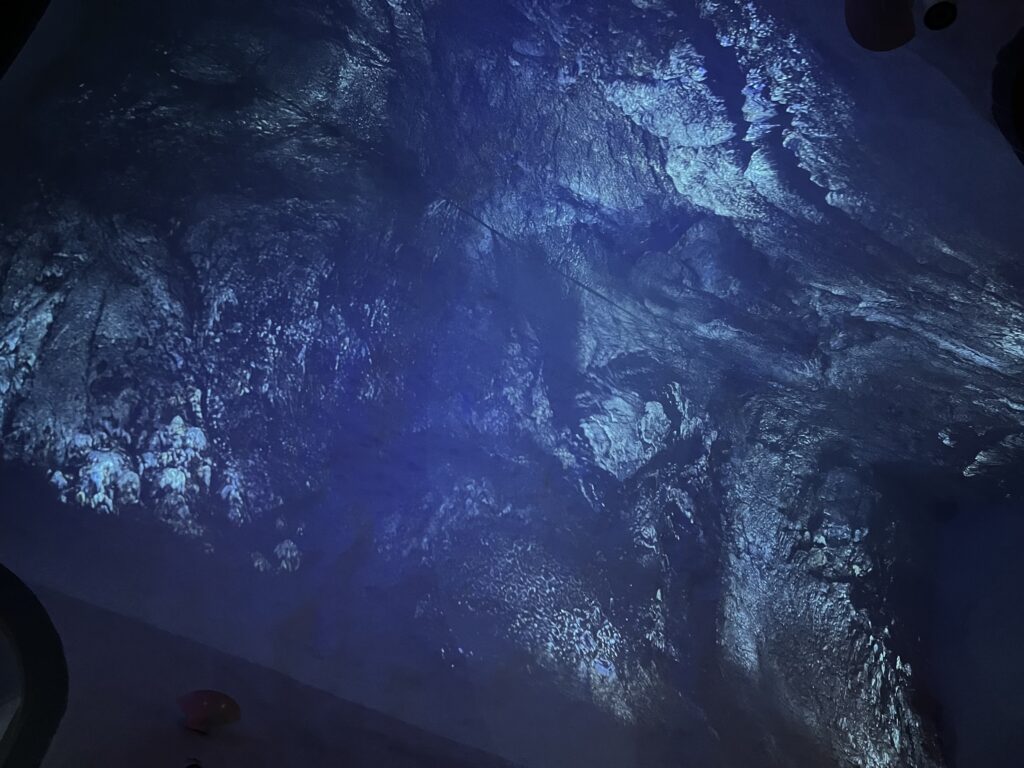
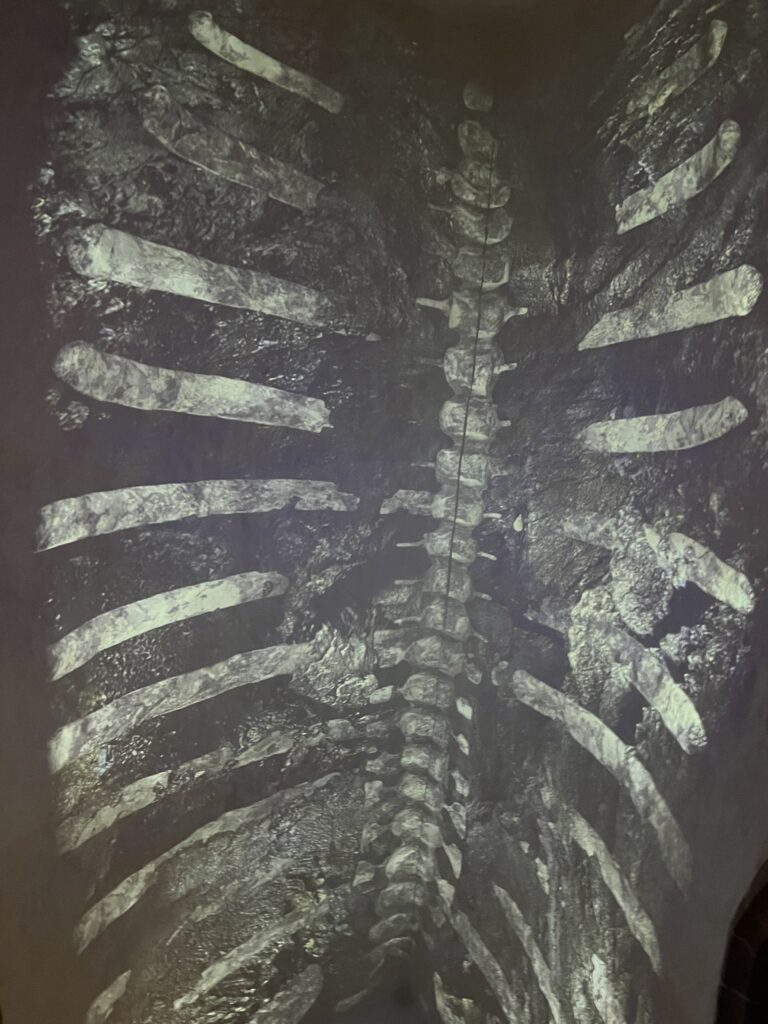
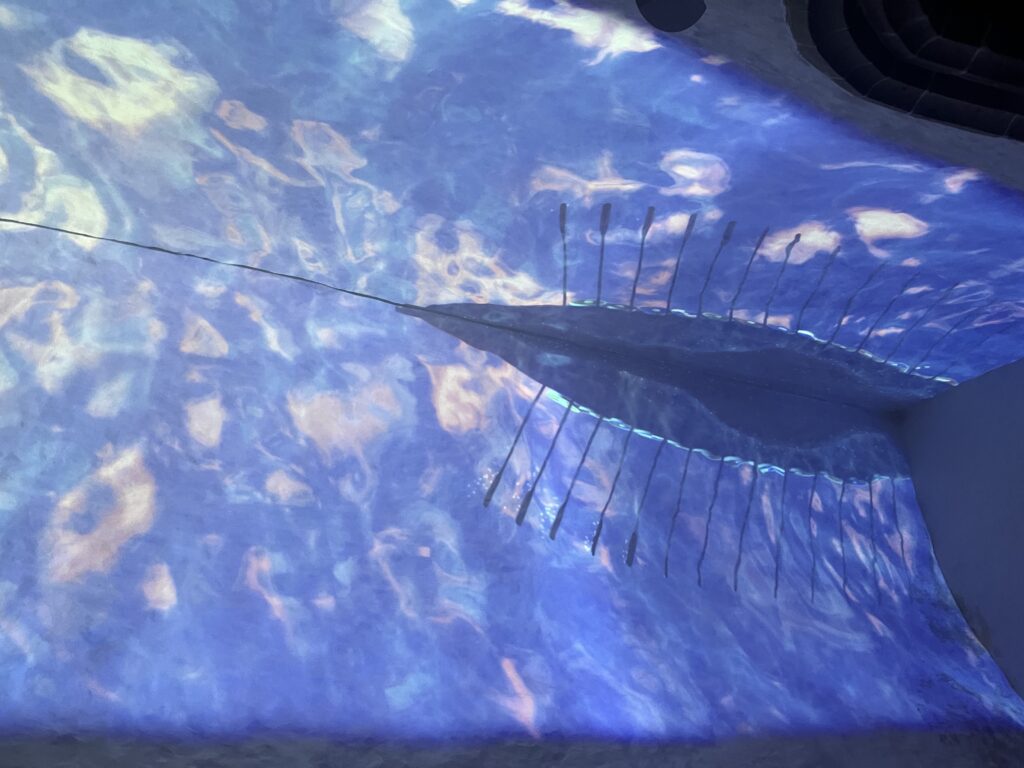
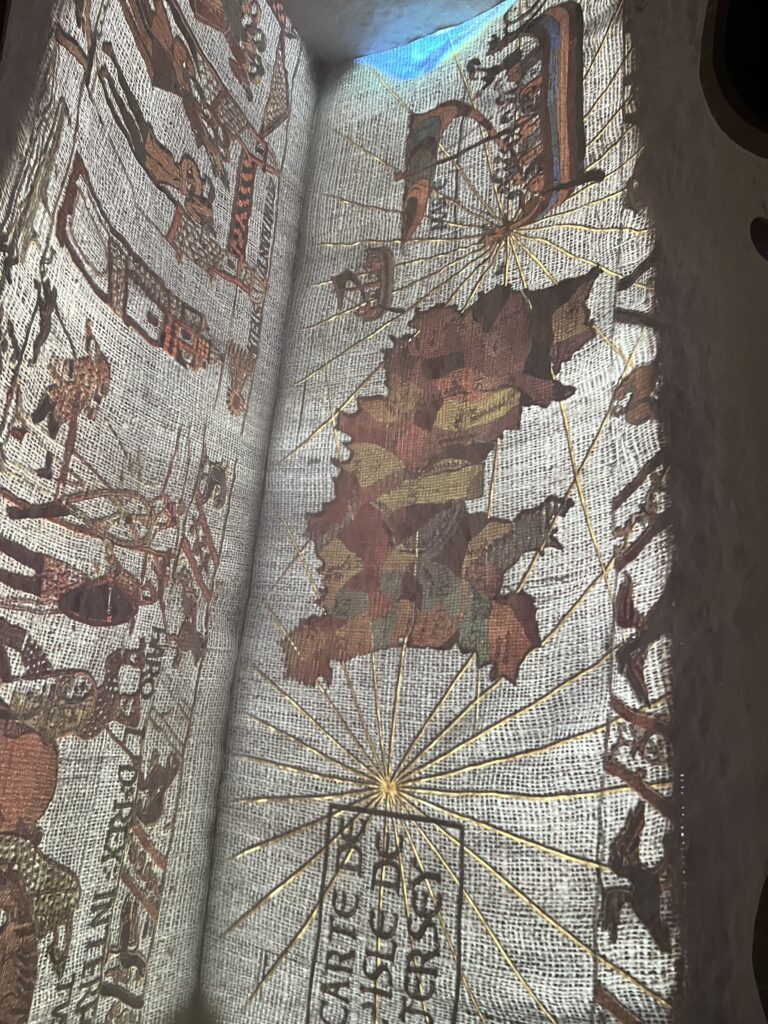


On our final art piece visit, we went across the road to Town Church to see ArtHouse Jerseys second exhibition, ‘The sound of Colour – arrivals’. Visually retelling the history of Jersey through Sound and beautiful visuals, this was a very immersive art piece I found very well made and inspirational. From ArtHouse Jersey “ArtHouse Jersey’s The Sound of Colour: Arrivals, is a new projection mapping project to be presented at St Helier Town Church from Friday 8 to Saturday 23 November. Featuring visuals by international artist Akhila Krishnan and a soundscape by the Jersey electroacoustic composer Sarah Keirle-Dos Santos the piece is co-authored and produced by Natasha Dettman for ArtHouse Jersey. It follows the success of the first edition of The Sound of Colour: Origins (2021) which also completely transformed the iconic venue of St Helier Town Church with projection and soundscapes.
Arrivals explores the emergence of language in Jersey; from the distant whisperings of the Magdalenian people of the late Stone Age, the Iron Age Celts of Gaul, the Romans, the Franks, the Normans, to the appearance of our native language Jèrriais. Bringing light into the darkening month of November, Arrivals considers how our language and culture has been woven into existence and shaped over thousands of years of settlement of this Island by different peoples and cultures. We finally land in present day Jersey, where the sounds of modern English, French, Portuguese, Polish, Romanian, Swahili, Filipino and many more languages can be heard. The immersive soundscape created by Sarah Keirle-Dos Santos features the voices of many Islanders speaking some of the languages which would at various times have been spoken widely and some which may have made a brief appearance in Jersey.”

